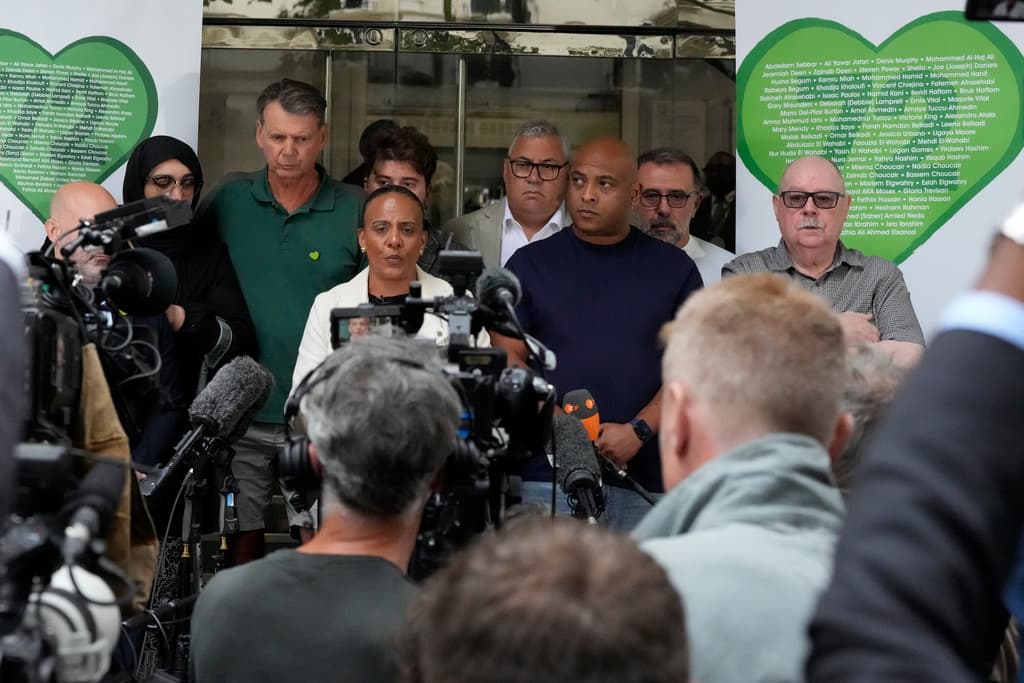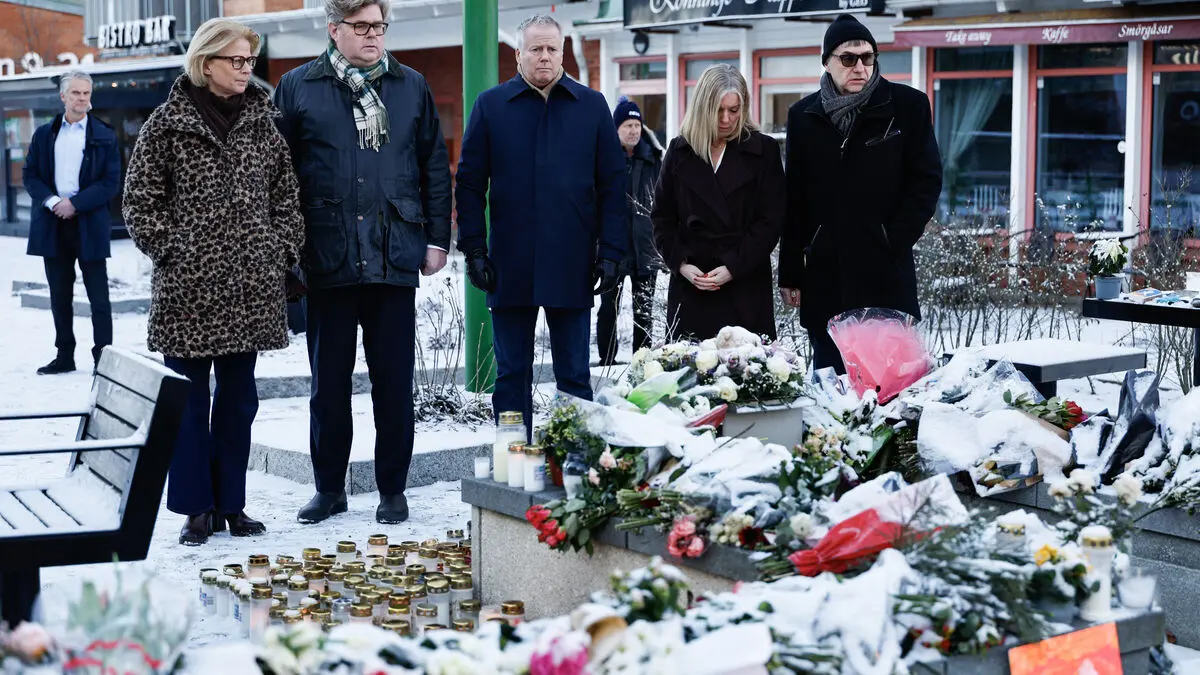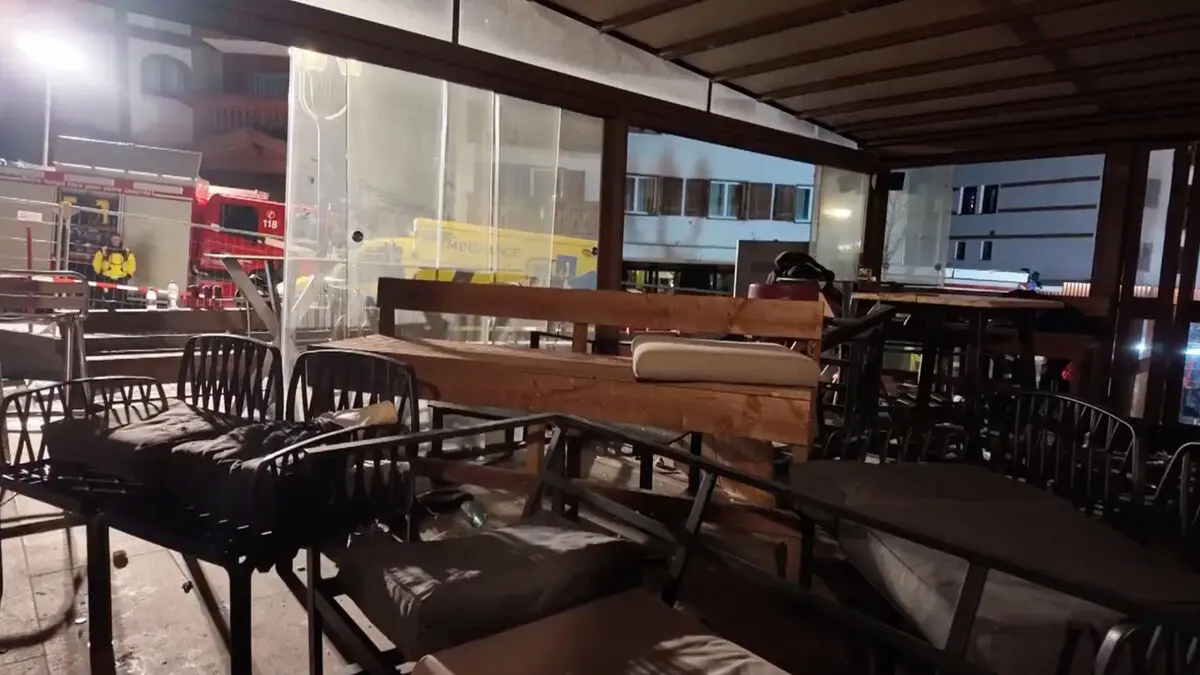Both several governments and the construction industry, inspectors, and firefighters are responsible for "decades of mistakes" that paved the way for the major fire, according to the six-year-long investigation that has now been released.
The failure is so total that it raises "fundamental questions about what kind of country we are," says the Prime Minister in a speech to the relatives.
I want to be clear when I say on behalf of the whole country that you have been betrayed so greatly – before, during, and after this tragedy, he says according to British media.
The speech came about an hour after the investigator Martin Moore-Bick presented his 1,700-page report, seven years after the fire claimed 72 lives on a June night in 2017.
No one had to die
Had fire safety been taken seriously and functioned at all levels, no one would have had to die, writes Moore-Bick.
The fire broke out in a fridge and freezer far down in the house at around 1 am. But it would hardly have become a local news item – if not for the flames reaching the flammable insulation that had been installed on the outside of the brick facade during a renovation a few years earlier.
Killed by gas
Despite the fire department being on the scene, the spread was explosive. Since many of the hundreds of tenants were asleep, it was very difficult for them to get out. On the top floors, it is said that no one survived.
Remarkably, however, no one was killed by the flames:
We have established that all those who died in the building fell victim to toxic gases caused by the fire, says Moore-Bick according to BBC.
The tragedy occurred despite warnings already in the early 1990s that such insulating panels could be fire hazardous. The dangers were concealed by manufacturers and ignored by inspectors.
Authorities did not take the risks seriously, which meant that such insulation could be installed on many other buildings.
New training
BBC reports that many relatives of the victims were present when Moore-Bick presented the investigation on Wednesday.
Among the measures he lists in the hope of avoiding a repetition are gathering all fire safety issues within one department. The construction industry needs to be regulated more strictly, he notes.
Better fire preparedness is also required for high-rise buildings and other buildings with special risks. The fire department was also too poor, according to Moore-Bick, who proposes a new educational institution for fire and rescue training.
Grenfell Tower is a residential complex built in North Kensington, a district in central London, in the early 1970s. In the mid-2010s, a major renovation of the 24-story building was carried out.
In the night of June 14, 2017, a fridge and freezer on a low floor caught fire. The fire department was quickly on the scene, but still could not prevent the fire from reaching the facade – and there it could spread rapidly upwards. Many of the 400-600 tenants barely managed to escape.
The number of fatalities was later established at 72.
Façade panels installed during the renovation were quickly identified as crucial for the fire's rapid spread. Similar panels had also been used on hundreds of other British buildings.
Since the fire, plans have been drawn up, partly to demolish the charred building skeleton, partly to create a memorial site. But more than seven years later, the burnt-out building still stands.
Source: BBC





